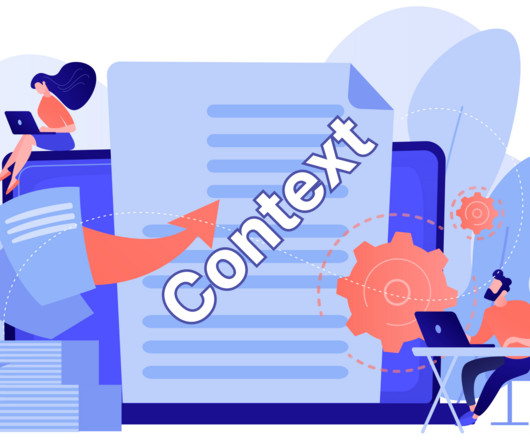Context
Passionate BA
MAY 30, 2023
It works with many factors that affect, are affected by, and provide an understanding of the change. The context plays a pivotal role in shaping the software product’s requirements, design, and functionality. This holistic understanding enables them to make informed decisions and identify potential risks and opportunities.













Let's personalize your content